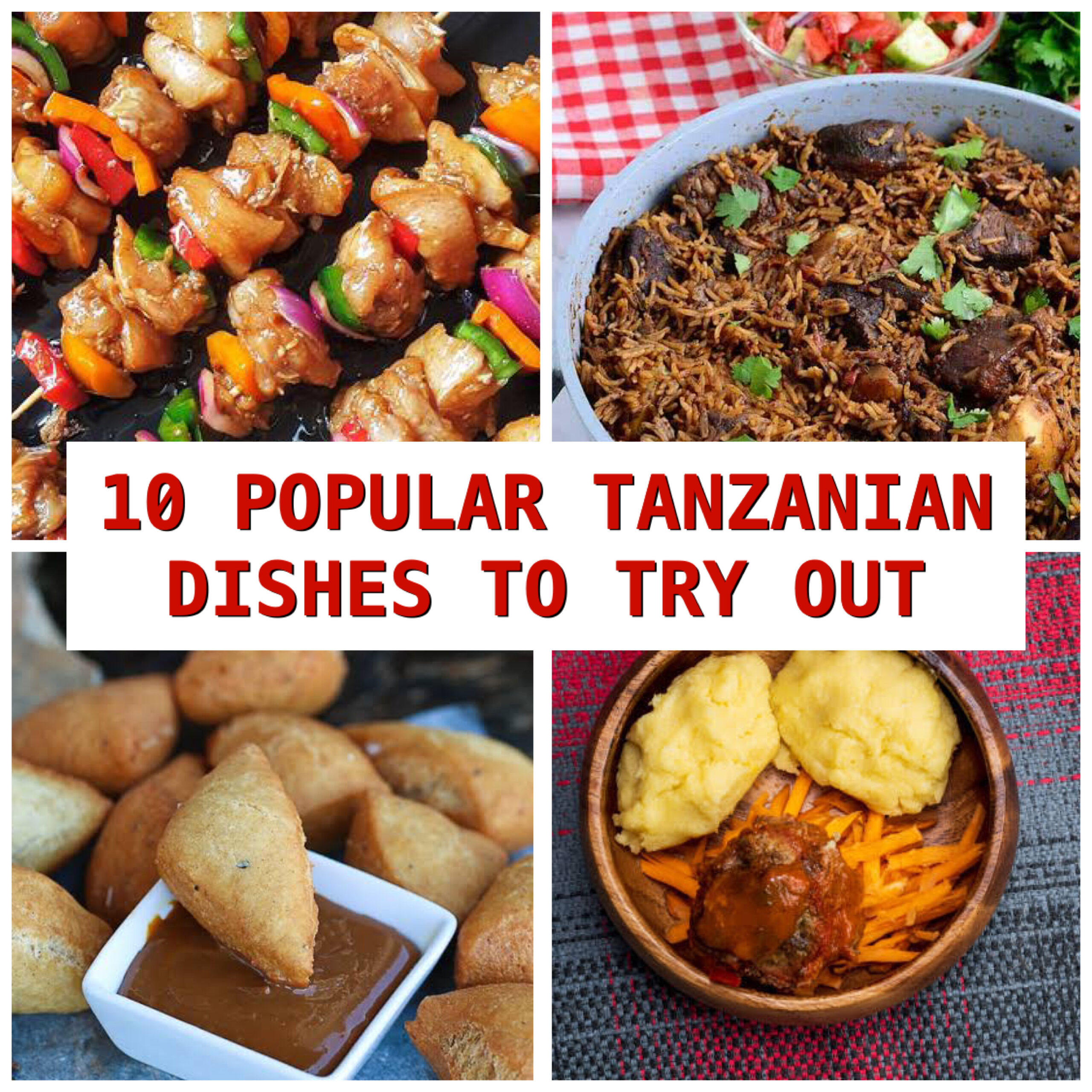Ever wondered how a single country can offer such a vibrant tapestry of flavors? In Tanzania, the local cuisine is a delightful fusion of influences from Indian, Arabic, and traditional African dishes. It’s not just about the taste, but the cultural history embedded in each meal.
One cannot explore Tanzania’s culinary scene without mentioning ‘ugali’, a staple for many Tanzanians, often accompanied by flavorful side dishes like sukuma wiki (collard greens). Additionally, the coastal regions offer an array of seafood delicacies, thanks to the nation’s extensive coastline along the Indian Ocean. According to recent studies, over 70% of Tanzania’s population consumes ugali daily, highlighting its cultural significance.

Exploring the Rich Tapestry of Tanzanian Cuisine
Tanzanian cuisine is a delightful blend of influences from various cultures. The coastal areas have a significant Arabic influence, contributing to the rich flavors and spices found in many dishes. Indian immigrants also brought their love for spices and cooking techniques. This fusion creates a unique culinary landscape. It’s a treat for any food lover.
One key ingredient in Tanzanian cooking is coconut milk. Used in many coastal dishes, it adds a creamy texture and rich flavor. Fresh seafood is also a staple. Fish, prawns, and crab are commonly used. These ingredients are often paired with flavorful spices.
In the mainland regions, you will find an abundance of hearty stews and leafy greens. Ugali, a type of maize porridge, is a staple food enjoyed by many Tanzanians. It is often served with these stews. Another popular dish is nyama choma, which is grilled meat. It’s a favorite among locals and visitors alike.
The diversity of Tanzanian cuisine is truly remarkable. Each region offers unique dishes and flavors. When visiting Tanzania, one must try the local delicacies. From the spicy samosas of the coastal areas to the smoky grilled meats of the mainland, there is something for everyone. Exploring this culinary landscape is an adventure in itself.
Delving into the Historical Influences and Ingredients
Tanzanian cuisine is a colorful mosaic influenced by its rich history. Arab traders, who came centuries ago, introduced new spices and cooking techniques. They brought along cardamom, cloves, and cinnamon. These spices are now staples in many dishes. Their influence is especially strong in coastal areas.
The arrival of the Portuguese in the 16th century added to this culinary mix. They introduced cassava, maize, and groundnuts. These ingredients have become key components of local diets. For instance, cassava is used in both savory and sweet dishes. Groundnuts, or peanuts, are often made into sauces.
Influence from Indian immigrants is also significant. They introduced curry-based dishes, samosas, and chapatis. The use of tomatoes, onions, and garlic became widespread. These aromatic ingredients form the base of many Tanzanian stews. The combination of these elements creates flavorful and hearty meals.
Traditional African ingredients remain the backbone of Tanzanian cooking. Local vegetables like mchicha (spinach), mbilingani (eggplants), and sukuma wiki (collard greens) are common. Meat from goats, chickens, and cattle is frequently used, too.
Signature Dishes Every Visitor Must Try
When visiting Tanzania, sampling the local cuisine is a must. A top dish to try is Ugali, a popular maize porridge. It is often enjoyed with various side dishes like sukuma wiki or fish. This staple is filling and loved by locals. Ugali also pairs well with spicy sauces.
Nyama Choma, or grilled meat, is another must-try. This dish usually features goat, beef, or chicken. It’s marinated and grilled to perfection. This dish is commonly served with a side of kachumbari. Kachumbari is a spicy tomato and onion salad.
Pilau is a fragrant rice dish infused with spices like cinnamon and cardamom. Often cooked with meat, it’s a feast of flavors. Zanzibar is especially known for its unique pilau. It’s often served during festive occasions. The blend of flavors makes it unforgettable.
For seafood lovers, Mchuzi wa Samaki should be on the list. This fish stew is cooked in coconut milk with a variety of spices. It’s typically served over rice. The coastal regions excel in preparing this dish. The result is a rich and flavorful meal.
Local Delicacies Unique to Tanzanian Regions
Each region in Tanzania offers its own unique culinary specialties. The coastal regions, especially around Zanzibar, are famous for their seafood dishes. Here, you can find mbuzi choma, which is goat meat roasted over hot coals. The spices used are influenced by Indian and Arabic cuisine, making it incredibly delicious. The coastal cuisine often features rich coconut flavors.
Moving inland, you’ll find the delicacies of the Sukuma people from the northern regions. They are known for their banana dishes. Matoke, a dish made from green bananas, is a local favorite. Cooked with meat or beans, it is hearty and flavorful. It’s a common sight at family gatherings and special occasions.
The Maasai people, mainly found in the northern parts of Tanzania, have their own unique dishes. They are known for their meat and milk-based diet. One of their specialties is a dish called Olpurda, a mixture of meat, milk, and blood. Though it might sound unusual, it is a vital source of nutrition. Visitors might find this dish intriguing.
The southern highlands offer a variety of delicious root-based dishes. Cassava and yams are popular here. A common dish is chipsi mayai, which is a French fry omelet. Often enjoyed as a snack or quick meal, it’s filling and tasty. This dish is popular among both locals and tourists.
Lake Victoria’s region has its own unique delicacy called nile perch. This freshwater fish is often grilled, fried, or made into stew. Known locally as ‘Sangara,’ it’s a staple for the communities living around the lake. The fish is often served with ugali or rice. Locals highly prize its flaky texture and mild flavor.
Key Takeaways
- Tanzanian cuisine blends Indian, Arabic, and African influences for unique flavors.
- Must-try dishes include Ugali, Nyama Choma, Pilau, and Mchuzi wa Samaki.
- Each region in Tanzania offers its own special local delicacies.
- Coastal areas highlight rich seafood dishes with coconut milk flavors.
- Inland regions feature hearty stews and banana-based dishes like Matoke.














